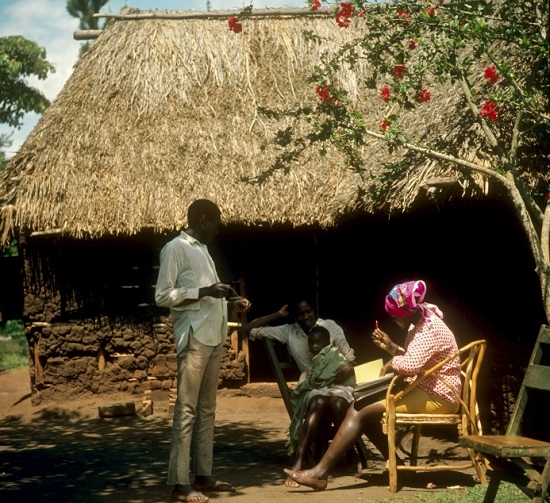Descriptive vs Correlational Research
Descriptive and correlational research are both widely used variations of research, but they differ in their objectives, findings, and methods used. Descriptive research aims to gain a better understanding of the study population, while correlational research focuses on determining whether a relationship exists between two or more factors (variables) and the nature of that relationship.
What is Descriptive Research?
Descriptive research provides an in-depth understanding of the study population, including both qualitative and quantitative data. Researchers collect detailed information from participants using techniques such as surveys, interviews, case studies, and observations. Descriptive research aims to understand or provide a detailed description of a phenomenon but does not try to find any causes or answer the question ‘why.’
What is Correlational Research?
Correlational research, on the other hand, aims to identify associations that exist between variables and understand the nature of those relationships. However, the researcher does not manipulate the variables to come to conclusions, and they cannot predict which variable influences the other. Correlational research focuses on finding patterns in the data corpus.
Key Takeaways
- Descriptive research aims to provide an in-depth understanding of the study population, while correlational research seeks to identify relationships between variables.
- Descriptive research provides thick descriptive data, whereas correlational research explores associations but does not provide descriptive data.
- Neither descriptive nor correlational research can explore causality, but correlational research can identify relationships between variables and make predictions about possible relationships.
